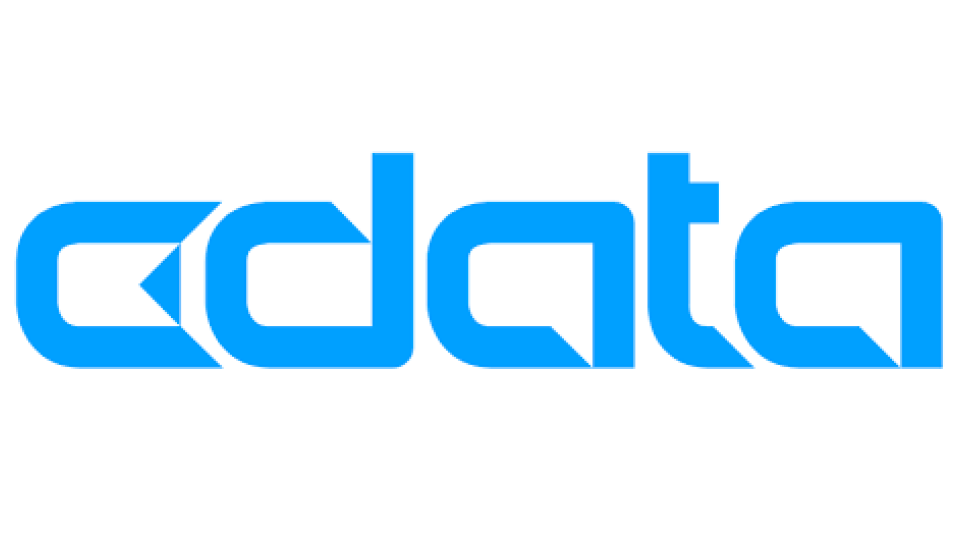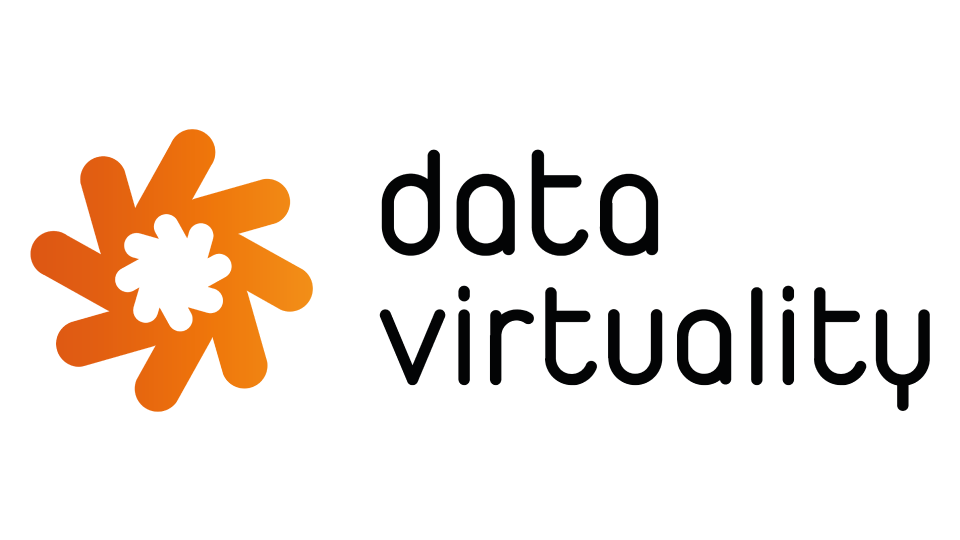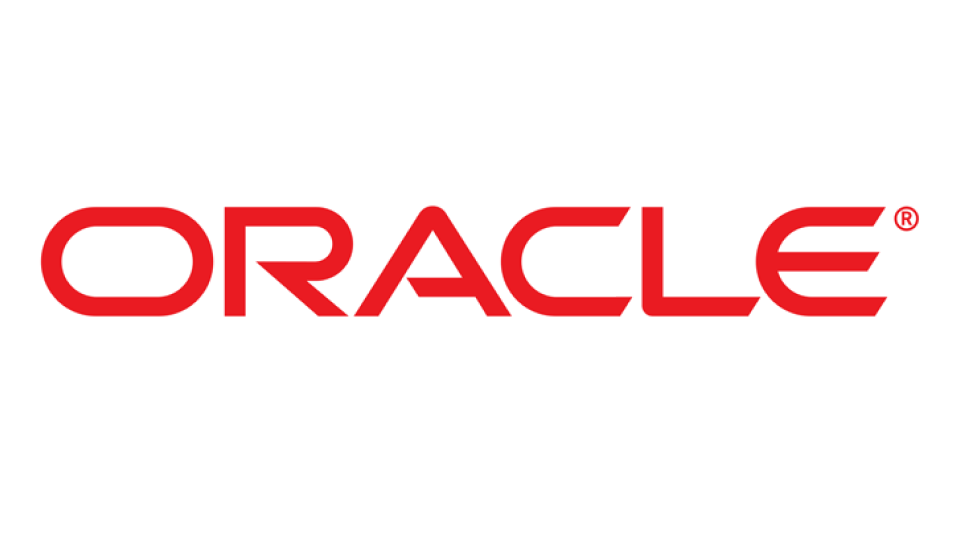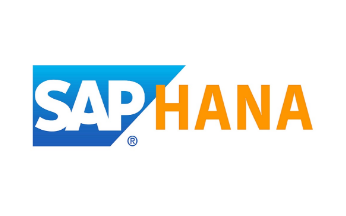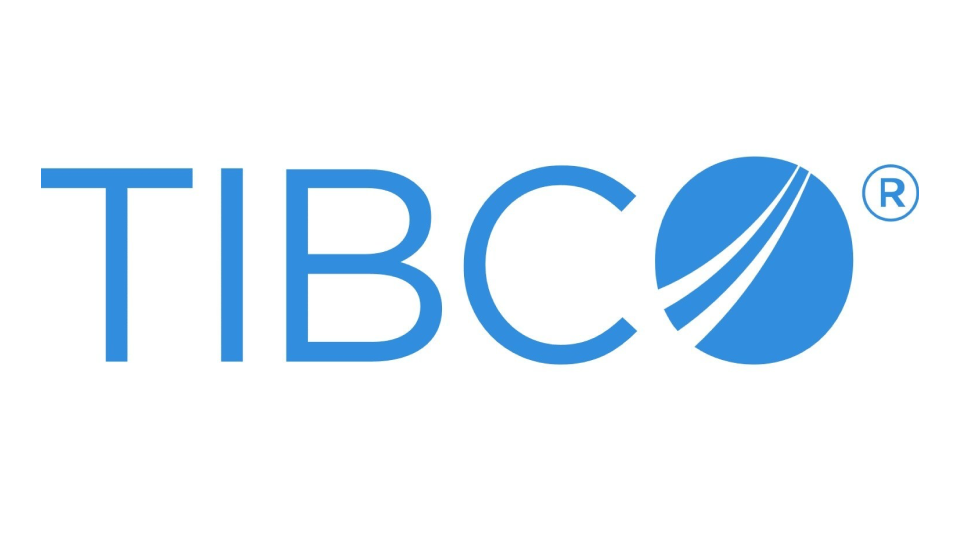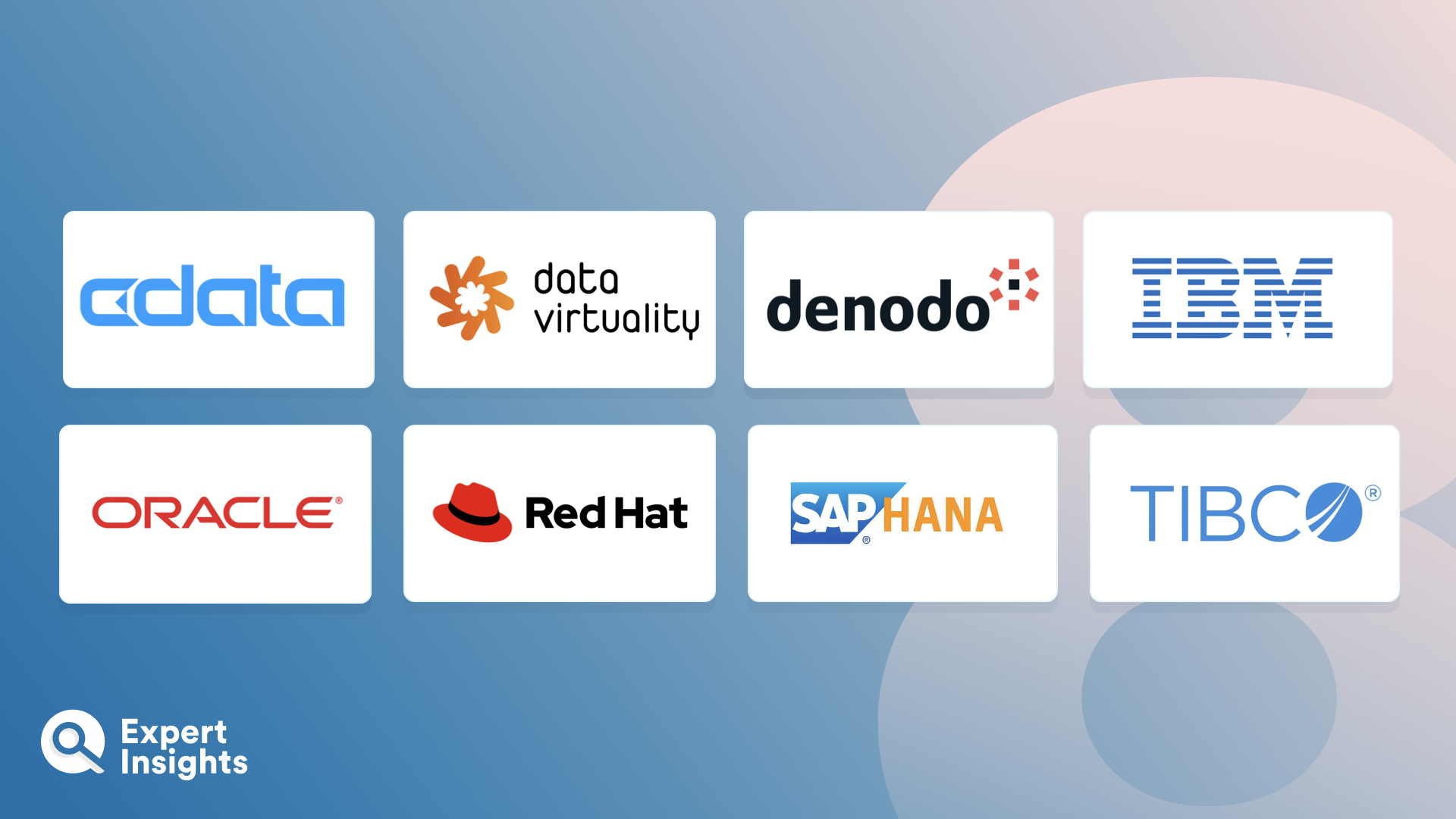Data Virtualization tools provide an efficient method to interact and work with data across multiple platforms and sources, without the need for physical data storage or transportation. This method of data integration helps in reducing complexity, cutting costs, and improving the speed and overall agility of the data management process. Data virtualization allows users to gather, manage, and analyze data from various heterogeneous sources such as databases, APIs, services, and systems, all in real-time.
Data virtualization achieves this by creating an abstraction layer over complex data infrastructures, allowing it to present data in a consistent and unified manner. This approach allows businesses to view their data in a comprehensive, cohesive format instead of scattered across multiple systems. Users can work with the virtualized data directly, without knowing the intricate details of the underlying data architecture.
The market for data virtualization tools is competitive, with numerous vendors offering their services. While most options provide the same basic functionality, the competitive edge comes in the areas of capabilities like data discovery, data governance, metadata management, performance optimization and integration with business intelligence tools.
In this guide, we will discuss the top data virtualization tools based on their functionality, ease of use, scalability, integration capabilities, and customer feedback. The intention is to give readers an overview of the best solutions available, helping you to choose the ideal tool for your organization’s requirements.



